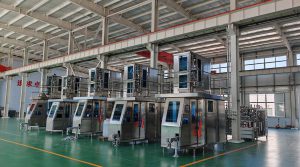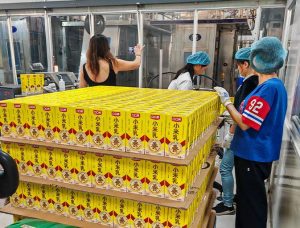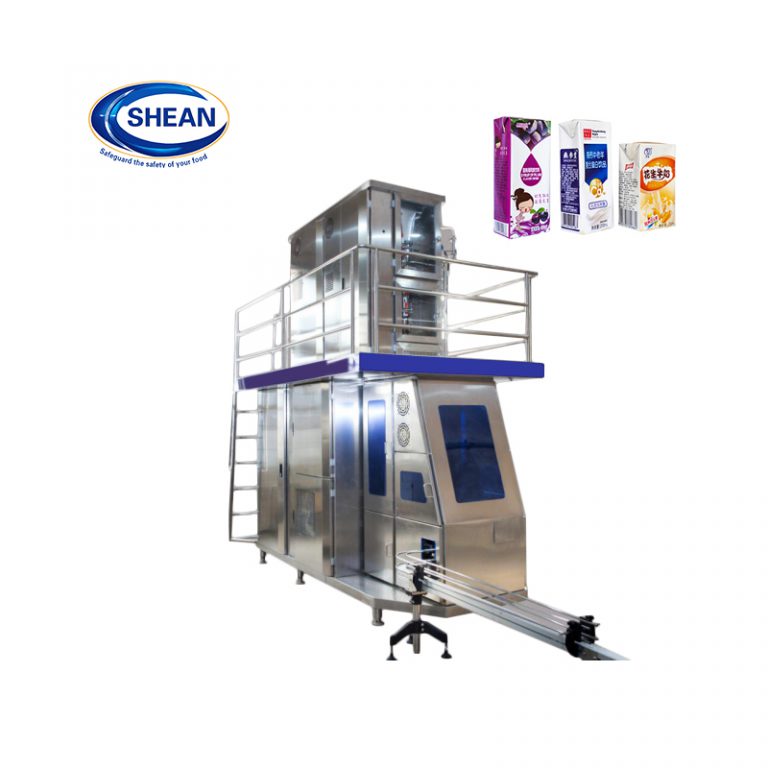
Mechanical structure limitations
– Fixed design: When Tetra Pak packaging machines are designed and manufactured, their mechanical structure is fixedly designed according to specific packaging specifications and sizes. For example, the size and position of key components such as the forming ring, sealing device, and cutting device of the packaging machine are determined according to specific packaging sizes. If the size is to be adjusted, these components need to be modified or replaced on a large scale, which is difficult and costly in actual operation.
– **Precision requirements**: The packaging machine needs to maintain high-precision packaging operations during operation, such as the tightness of sealing and the accuracy of cutting. If the size is adjusted at will, it may cause deviations in the fit between mechanical components, affect the packaging quality, and even cause packaging failure.

Packaging material adaptability
– Material properties: Different packaging materials have different thickness, flexibility, heat sealing performance and other characteristics. The heating system, pressure system, etc. of the Tetra Pak packaging machine are set according to the characteristics of specific packaging materials. If the size is adjusted, it may be necessary to replace the packaging material that matches the new size, and the adaptability of different materials will affect the operating parameters and performance of the packaging machine.
– Material supply: Tetra Pak packaging machines usually use packaging materials of specific specifications and sizes, which are specially produced by Tetra Pak with uniform quality standards and performance indicators. If you want to adjust the size, you may need to find a packaging material supplier that matches the new size, which will increase procurement costs and the complexity of supply chain management.

Production efficiency and stability
– High-speed production: Tetra Pak packaging machines are usually used in large-scale, high-speed production environments, and their production efficiency is high. If the size is adjusted frequently, it will cause production interruptions and affect the overall production efficiency. And after the size is adjusted, it needs to be re-debugging and calibration, which will also waste a lot of time and manpower.
– Stability: During the long-term operation of the packaging machine, its mechanical components and control system will gradually adapt to specific packaging specifications and sizes. If the size is adjusted at will, this stability may be broken, resulting in equipment failure or performance degradation, increasing maintenance costs and equipment downtime.

Food safety and quality control
– Sealing performance: The sealing performance of the Tetra Pak packaging machine is one of the key factors to ensure the quality and safety of food in the package. If the size is adjusted, the sealing structure and sealing performance of the package may be changed, causing the food to be contaminated during the packaging process or deteriorate during storage.
– Quality standards: The packaging specifications and sizes of Tetra Pak packaging machines usually meet the relevant food safety and quality standards. If the size is adjusted at will, the packaging may not meet the standard requirements, affecting the market sales of the product and the company’s reputation.

Cost and return on investment
– Equipment cost: Tetra Pak packaging machines are relatively expensive. If large-scale modifications or replacement of parts are carried out on the equipment to adjust the size, the company’s equipment investment cost will increase. Moreover, such modifications may affect the service life and performance of the equipment and reduce the return on investment.
– Maintenance cost: After the size is adjusted, the maintenance and maintenance costs of the packaging machine will also increase accordingly. Because adaptive adjustments to the new size and material are required, this may require more maintenance personnel and technical support, as well as replacement of more vulnerable parts.


